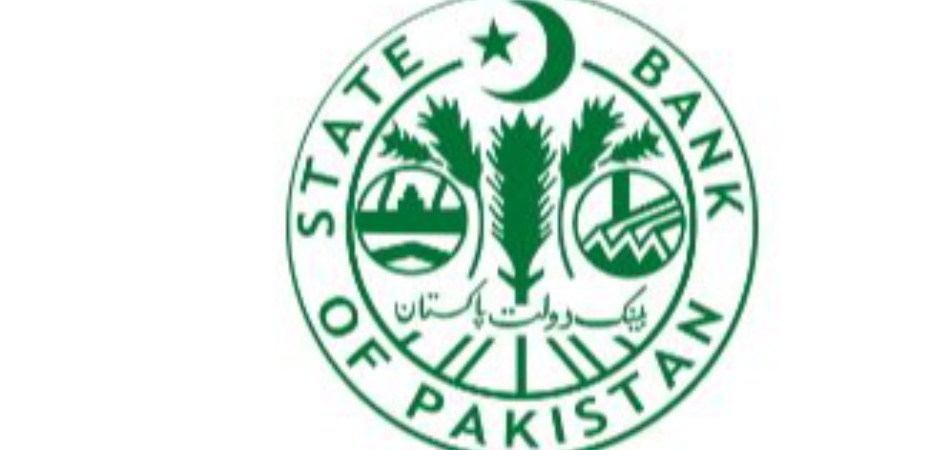Make or break: Pakistan inching towards stabilizing forex reserves?

By MG News | September 27, 2019 at 10:23 AM GMT+05:00
September 27, 2019 (MLN): There has been much discussion in financial markets about the relationship between two major performance indicators; the foreign exchange reserves and KSE-100 Index. The KSE-100 Index is considered a reliable barometer of companies’ performance and investment environment in Pakistan.
Likewise, the reserves held by State Bank of Pakistan (SBP), are used to finance its imports and back liabilities (repayment of external debts), given that the continuity of business is not impacted in future.
Financial theory suggests that the value of firm is affected by exchange rates and interest rates. The movements in exchange rates may determine the stock prices of the firms. Foreign exchange reserves are mostly reliant on foreign direct investment (FDI).
In Pakistan, stock prices are influenced by FDI, which in turn is significantly affected by the movement in exchange rates. In the same way, the exchange rates may be affected by the movements in stock prices.
Before going into details of current figures, it is pertinent to understand that the dynamics of both indicators have different implications in case of Pakistan.
Since the beginning of FY20, the total foreign exchange reserves held by the country rose by $1.32 billion, whereas KSE-100 Index dropped by 7.5 %, revealed a research report by Arif Habib Limited.
As it is already established that a positive relationship exists between the two indicators, therefore, they move together in a similar manner in the long run. This phenomenon can easily be seen in the graph below. Foreign reserves (SBP reserves + commercial banks foreign reserves) increase on the back of currency depreciation, which leads to an increase in exports as well as stock prices.
It is believed that the government's economic reforms, though distressing for many sectors, are able to restore financial stability and lay a strong foundation for sustainable growth by building foreign exchange reserves, which results in an increase in the confidence of investors, the report added.
The report further apprised that the FX market has been volatile during March-June ’19 from $10.5 billion to $7.3 billion on account of debt servicing to lower the current account deficit. However, this scenario will change as all main outflows are already being financed through funded program of IMF. Even a heavy amount of finance is expected to arrive in form of funds from different countries, privatization proceeds and borrowings from financial institutions. Thus, the current situation arises a question; will Pakistan be able to maintain the increase in foreign reserves?
In line with sustainability of foreign exchange reserve, it is a challenge for policy makers to make the net foreign assets (NFA) of Pakistan's banking system positive as increase in NFA is subject to improvement in foreign exchange reserves. They have observed a major increase by PKR 307 billion in September 19, but NFA is still negative.
NDA to NFA ratio is a good indicator of economic performance of a financial system as well as stable monetary and exchange policy. However, in case of banking system of Pakistan, this ratio depicts a dismal picture due to the outflows of PKR 2.1 trillion in previous years.
There is a good chance that net foreign assets will increase as Pakistan continues to pile up foreign exchange reserves with positive trend in current and fiscal deficits. However, it is a long way to catch up with other economies in this region, mainly India and Bangladesh having NDA ratio of 3.5x and 3.8x respectively, highlighted the report.
Furthermore, an increase in net foreign assets shows confidence of market participants on economy and they will be willing to take long term investments and participating in fixed income instruments.
The yields for 10Y government bonds declined by 188bps to 11.98% after touching their peak in July 2019. However, the market is optimistic about improvement in fixed income yields. The recent decline of 27bps in the last PIB cutoff of 12.25% held on September 18, 2019, is mostly attributed to SBP’s acceptance of only 23% of total bids offered by banks recently, mentioned the report.
We are already looking at upward trends in fixed income yield curves as compared to previous six months, but still equity market is not responding to positive trends in Net Foreign Assets. It is believed that price to earnings ratio in equity market for 2020 will break the 7x barrier and overall index will improve by 23% in backdrop to improve foreign exchange reserves.
Copyright Mettis Link News
Related News
| Name | Price/Vol | %Chg/NChg |
|---|---|---|
| KSE100 | 126,845.89 58.42M |
0.97% 1218.58 |
| ALLSHR | 79,162.60 182.12M |
0.74% 577.88 |
| KSE30 | 38,527.75 9.38M |
0.98% 373.97 |
| KMI30 | 185,838.09 19.66M |
0.51% 951.59 |
| KMIALLSHR | 54,037.67 92.40M |
0.51% 273.86 |
| BKTi | 32,403.87 17.90M |
1.51% 482.19 |
| OGTi | 27,734.84 0.70M |
-0.14% -39.15 |
| Symbol | Bid/Ask | High/Low |
|---|
| Name | Last | High/Low | Chg/%Chg |
|---|---|---|---|
| BITCOIN FUTURES | 107,635.00 | 108,105.00 107,505.00 |
-600.00 -0.55% |
| BRENT CRUDE | 66.44 | 66.63 66.34 |
-0.30 -0.45% |
| RICHARDS BAY COAL MONTHLY | 97.00 | 97.00 97.00 |
1.05 1.09% |
| ROTTERDAM COAL MONTHLY | 107.65 | 107.65 105.85 |
1.25 1.17% |
| USD RBD PALM OLEIN | 998.50 | 998.50 998.50 |
0.00 0.00% |
| CRUDE OIL - WTI | 64.80 | 65.02 64.67 |
-0.31 -0.48% |
| SUGAR #11 WORLD | 16.19 | 16.74 16.14 |
-0.52 -3.11% |
Chart of the Day
Latest News
Top 5 things to watch in this week
Pakistan Stock Movers
| Name | Last | Chg/%Chg |
|---|
| Name | Last | Chg/%Chg |
|---|



